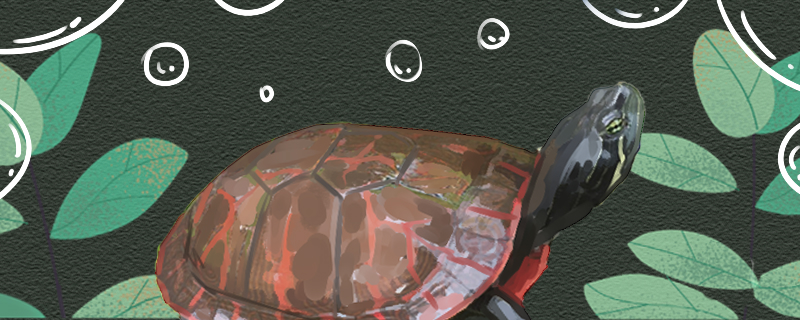
The Alabama turtle is a kind of turtle that can be raised in captivity. They originated in North America and were later introduced into China and other countries. Alabama turtles are difficult to breed because they are not a particularly good breed of turtle. They have relatively high requirements for certain factors in the environment. For example, for water temperature, the water temperature of origin will be relatively high, so in artificial breeding, they also have relatively high requirements for water temperature. In addition, if the environment is not suitable, they will get sick and even die. There are many problems to be paid attention to in raising them, and it is relatively difficult to raise them.
1. Space: The size of the Alabama tortoise itself is not small, and their activity level is relatively high. Therefore, when raising them in captivity, an important task is to provide them with sufficient space to move around. If the container is too small, it will seriously affect their development.
2. Water temperature: Alabama turtles have requirements for water temperature. Because the temperature of their native waters is still relatively high, it is better to provide higher water temperature in captivity. Specifically, the optimum range is between 22 and 35 degrees. It is better not to be below 20 degrees, otherwise it will affect their appetite, and then affect their growth and development.
3. Water quality: Alabama turtles also have requirements for water quality. They like to live in clean water. Therefore, regular water change is very important, one or two days need to change water once, need to ensure the transparency of water.
4. Feeding: Alabama turtles are relatively fond of eating plants and melons, so they can eat these foods as their staple food. Meat can also be fed properly, but not too much, otherwise they can not digest. They can be fed twice a day during their growing stage. After feeding, take care to clean up excess food.
5. Sunning: Alabama turtles love the sun, so it's best to let them sun their shells every day when they're in captivity.